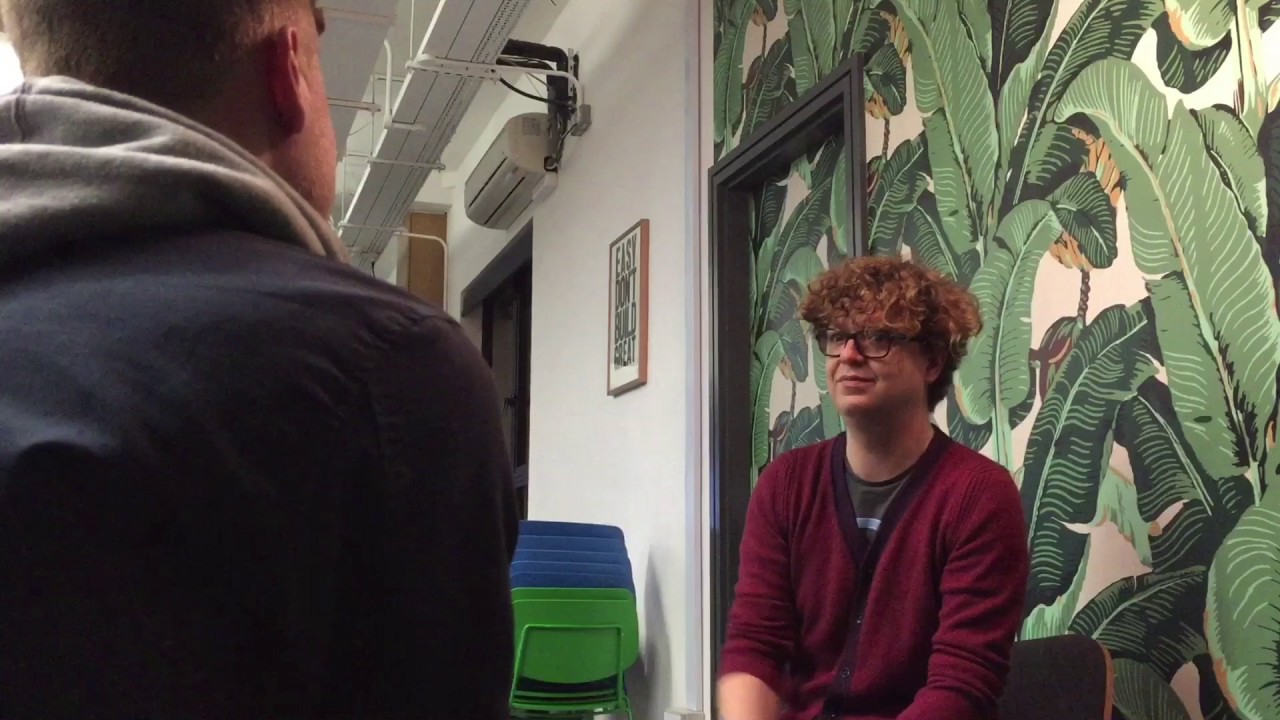Category: MMD3sem
Working with database with SQL and phpMyAdmin
Content management system and modelling a database
Working with product requirements
Sound design in Video production and Sound Recording
Sound in Motion Graphics
Guide for Technical Peer review of a webpage
Peer review (2 person)
-
- Person A: Describes the overall structure of the page/site (requirements, wireframes, notes, file structure)
– Question from person B - Person A: Goes through the code behind the page (Use terms like: elements, tags, attributes, Css rules, js elements)
-Question from person B - Person A: Discuss bugs (that have been solved and learned from), possible improvements (code style, comments)
-Question from person B - Person A: Status on task (requirement, backlog)
-Question from person B - Change roles an start from 1.
- Person A: Describes the overall structure of the page/site (requirements, wireframes, notes, file structure)
3 Tier model and Web app Frameworks
Sound design
Sound is a very important element in communication. Therefore it is important that multimedia design students get an introduction to sound design and how to use it in a video or games product.
With new AV – studios on Business Academy Lillebaelt, the students and over stakeholders can also record sound in good quality :).
Intro to Google analytics
Digital analytics is the analysis of qualitative (answers why) and quantitative data (how much do ) from your business and the
competition to drive a continual improvement (goal, build, measure, analyse data, improve) of the online experience (journey/ flow) that your customers and
Content design
Slide about content design understod as knowledge about information architecture and how
this can help users find the content they are search for.
Intro to Responsive Webdesign
An intro about what is RWD (responsive web design), how is the web site responsive and how can you build a responsive website.
Interview: Will McVay
Interview: Will McVay
Will McVay er udvikler med flere års erfaring i både store og små virksomheder. Da vi fik lov at interviewe Will, arbejdede han hos Sainsbury’s som Javascript front end developer hvor han i øjeblikket arbejder på deres “store locater” der er en webapp der ved hjælp af google API hjælper brugeren til at finde Sainsbury butikker. Sainsbury’s er Storbritanniens tredje største supermarkedskæde med en omsætning på omkring 21-22 milliarder om året.
Will var meget snaksagelig og fortalte med stor entusiasme om hvilke nye trends der var indenfor web-programmering. Will forklarer i interviewet at han mener at det er vigtigt for enhver programmør at holde sig opdateret på nye teknologier og arbejdsmetoder, men at man skal passe på at man ikke spilder for meget energi på noget der måske ikke bliver det nye.
Desuden har Will været inde over ansættelsen af praktikanter i Sainsbury’s udviklingsafdeling, og kunne derfor fortælle om hvad de havde søgt efter når de valgte praktikanter til deres to års “apprenticeships”. Han forklarede her at det vigtigste var gåpåmod og ens evne til at kunne begå sig på en arbejdsplads. Erfaring med kode var naturligvis en bonus, men ikke en nødvendighed. Denne insiderviden virkede yderst relevant i forhold til vores praktikforløb det kommende semester.

Interaction Design
Intro Slide to Interaction Design and Customer Journey Maps
https://docs.google.com/presentation/d/1geAIErlcr-hZ1O9flylUGfLR7he7HtkwE-SMVJW0b-o/edit#slide=id.p4
WP Theming
- A) The Anatomy of a WP theme.
- B) Child Themes.
- C) Bare Bone Themes (Underscores and friends)
Learning Objectives
- Child Themes
- Barebone
- From Scratch
Sources
- Stepping into Templates.
- Site Design and Layout.
- Underscores.
- Child Theme.
- 25 Tutorials.
- WordPress Theme Development Cheat Sheet.
Inspiration – CssZengarden
If you want to experiment with style, then the CSSZengarden is an excellent challenge. When your CSS is ready just implement your new creative style in WP.
Also try to install some Web Developer Tools in your favorite browser. I use the Web Developer for Chrome, but you may want something more fancy than that.
From a designer’s point of view much can be done using CSS. But you have to analyze the ids and classes in WP – when you know them – the magick of the designer may begin.
Dive into a Child Theme
- Find the ids and classes in a not too complicated WordPress theme.
- Hack a CSS that will change some of these styles.
- Try to implement a fancy online font (e.g. google fonts) via CSS.
- Use CSS to hide what you do not need – and add ornaments, icons and elaborate decorations.
Ad A) The anatomy of a WP theme
- style.css (also check this page)
- index.php
- header.php
- the loop
- footer.php
- The Loop (and The Loop in action)
The minimum requierements for a WP theme is:
- style.php
- index.php
- The Loop
- A very, very, very basic theme…
- Navigation
A basic overview of a WP theme on Siteground: “How to Create WordPress Theme”
- How to add widget areas in your theme.
- How to add menus to the theme.
Ad B) Child Themes
If you modify the code in a WP theme everything is lost when you update to a new version. Updating is important for security reasons. So how do you avoid this problem? The answer is:
– Use a child theme!
Create a folder on your PC for the files. Then make a file and name it style.css. Edit the comments for wordpress. Import all stylesheets from your theme. Then you’re ready to improve the design. Below is a sample style.css file.
Ad C) Themes (more or less) From Scratch
Security
Usefull tools
